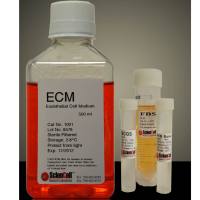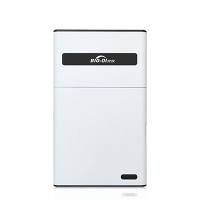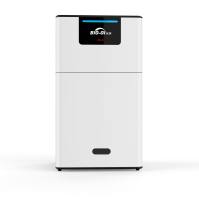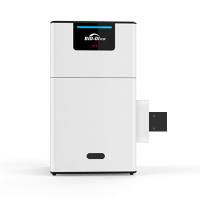Laser Capture Microdissection (LCM)
互联网
This method was successful in our lab using prostate tissue and for our specific objectives. Investigators must be aware that they will need to tailor the following protocol for their own research objectives and tissue under study.
LCM allows for visualization and image capturing of tissue as it is microdissected, including images of the tissue before and after microdissection. This is critical in maintaining an accurate record of each dissection and correlating histopathology with subsequent molecular results.
Method
Once the tissue has been properly processed, sectioned and stained, it is ready for microdissection. The tissue is visualized under the microscope and an initial road map image as well as pre-dissection, post-dissection, and cap images are taken to document the histology, the steps of microdissection, and the microdissected cells, respectively. The laser beam size may be adjusted from 7.5 µm to 30 µm to allow microdissection of either groups of cells or single cells depending on the needs of the investigator.
- It is essential that there are no irregularities in the tissue surface in or near the area to be microdissected. Wrinkles will elevate the LCM cap away from the tissue surface and decrease the membrane contact during laser activation.
- Occasionally there are subtle irregularities on the tissue surface (under the LCM cap) that cannot be visually appreciated; however, these can be noted by a decrease in the laser activation spot size. This can be partially or completely alleviated by adding an extra weight to the cap support arm, or temporarily increasing the laser power.
- Use an adhesive pad after microdissection to remove cells that may have attached non-specifically to the LCM cap. Place the cap on the adhesive pad three separate times and then view it microscopically to ensure all of the non-specific material has been removed.
- A cap-alone control is recommended for each experiment to ensure that non-specific transfer is not occurring during microdissection. This is best performed by placing an LCM cap on the tissue section being dissected and aiming and firing the laser at regions where there are no cells or structures present, e.g., lumens of large vessels, cystic structures, etc. (alternatively one can place a portion of the LCM cap "off" the tissue and target this region). The cap should be processed through the buffer and analysis methodology being utilized in the study and serves as a negative control.
Research Examples
Figure 2 below shows microdissection of normal bronchiolar epithelium, and Figure 3 below shows microdissection of a single bronchioalveolar carcinoma cell. Click on each diagram for an enlarged view.
The total number of cells procured depends upon the molecular analytical technique being employed. After the microdissection is complete, the cap with microdissected cells is place onto an Eppendorf tube containing the appropriate buffer for molecular analysis. The tube is then inverted to allow the lysis of the cells and the sample is ready for molecular analysis.









